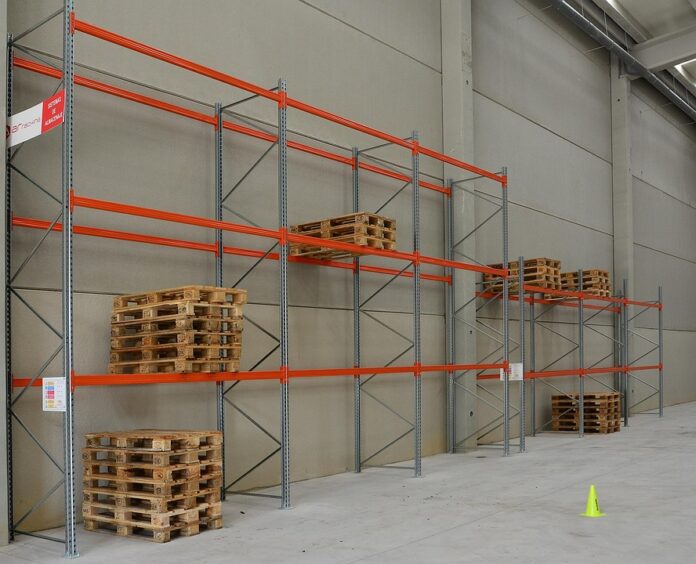Introduction
Transporting packaged food products safely is essential to ensure that they reach their destination in optimal condition. Load securing tools play a crucial role in this process by preventing damage to the products during transit. In this report, we will explore the various load securing tools available for the safe transport of packaged food products.
Types of Load Securing Tools
1. Straps and Tie-Downs
Straps and tie-downs are commonly used to secure loads on trucks and trailers. They come in various materials such as nylon, polyester, and polypropylene, and are adjustable to fit different sizes of packaged food products. These tools are easy to use and provide a reliable method of securing loads during transportation.
2. Dunnage Air Bags
Dunnage air bags are inflatable bags that are placed between packaged food products to fill void spaces and prevent shifting during transit. These bags are made of durable materials such as polyethylene and provide cushioning to protect the products from damage. Dunnage air bags are lightweight and cost-effective, making them a popular choice for load securing.
3. Load Bars and Cargo Bars
Load bars and cargo bars are adjustable bars that are used to brace against the walls of a truck or trailer to prevent movement of packaged food products. These bars are made of steel or aluminum and can be easily adjusted to fit the dimensions of the load. Load bars and cargo bars are sturdy and provide a secure way to keep the products in place during transportation.
Benefits of Using Load Securing Tools
Using load securing tools for the transport of packaged food products offers several benefits, including:
– Prevention of damage to the products
– Compliance with safety regulations
– Reduction of insurance claims and liability risks
– Increased efficiency in loading and unloading processes
– Cost savings in the long run by minimizing product losses
Industry Insights
The market for load securing tools is expected to grow steadily in the coming years, driven by the increasing demand for safe transportation of goods, including packaged food products. Companies in the industry are focusing on developing innovative solutions to improve the efficiency and effectiveness of load securing tools. Some key players in the market include:
1. Ancra International
Ancra International is a leading manufacturer of load securing equipment, including straps, tie-downs, and cargo bars. The company has a strong presence in the market and offers a wide range of products to meet the diverse needs of customers in the food packaging industry.
2. Cordstrap
Cordstrap is a global provider of cargo securing solutions, including dunnage air bags and strapping systems. The company has a reputation for quality and reliability, making it a preferred choice for many food packaging companies.
3. The Crosby Group
The Crosby Group specializes in the manufacturing of lifting and rigging products, including load bars and cargo bars. The company has a long history of providing innovative solutions for load securing and is trusted by customers in various industries, including food packaging.
Financial Data
According to a market research report, the global market for load securing tools is projected to reach $2.5 billion by 2025, with a compound annual growth rate of 4.5%. This growth is driven by the increasing emphasis on safety and efficiency in the transportation of goods, including packaged food products. Companies are investing in research and development to introduce advanced load securing tools that offer enhanced protection and security during transit.
Conclusion
Load securing tools are essential for the safe transport of packaged food products, helping to prevent damage and ensure that the products reach their destination in optimal condition. Companies in the industry are continuously innovating to develop new and improved solutions that meet the evolving needs of customers. By investing in quality load securing tools, food packaging companies can enhance the safety and efficiency of their transportation operations while minimizing risks and costs associated with damaged goods.




